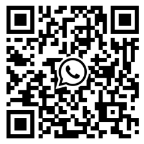Creativity for Dummies – Transcript of the presentation delivered by Ms. Claire Souchet, Creative Director of LRparis.com at Proseedasia, in Monstar Hub, Bangkok / Thailand
I’ve been running design studios for 8 years and “Be creative” is one of the sentences I hate the most, because above all it denotes a laziness and lack of thought.
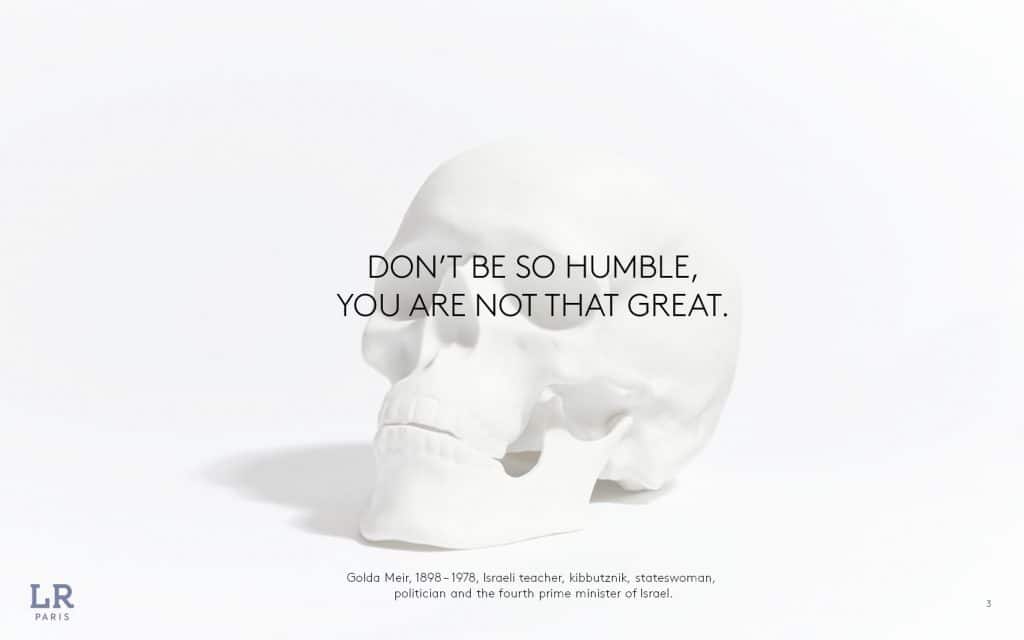
Golda Meir, Israel’s fourth prime minister, and one of the first women to ever be elected head-of-state, once famously said “Don’t be so humble, you’re not that great.” I’ll wager that if you head or work in a startup, especially here in Thailand, you see yourself as at least a slightly creative person.
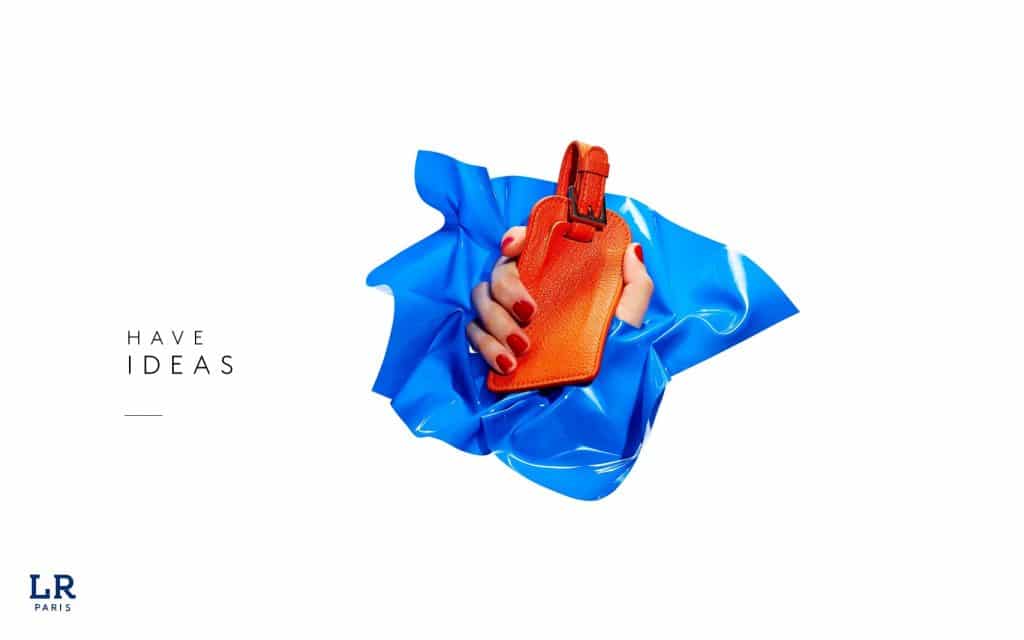
So let’s put your creativity, or lack thereof, to the test shall we?
Let’s start by asking – Do you have at least three ideas a day?
You do?
GREAT!
You’re well on your way to being creative, but is having ideas enough?
While having ideas fulfills the ORIGINALITY requirements of creativity, it’s not enough.
What’s missing is the EXECUTION. The CREATE part of creativity.
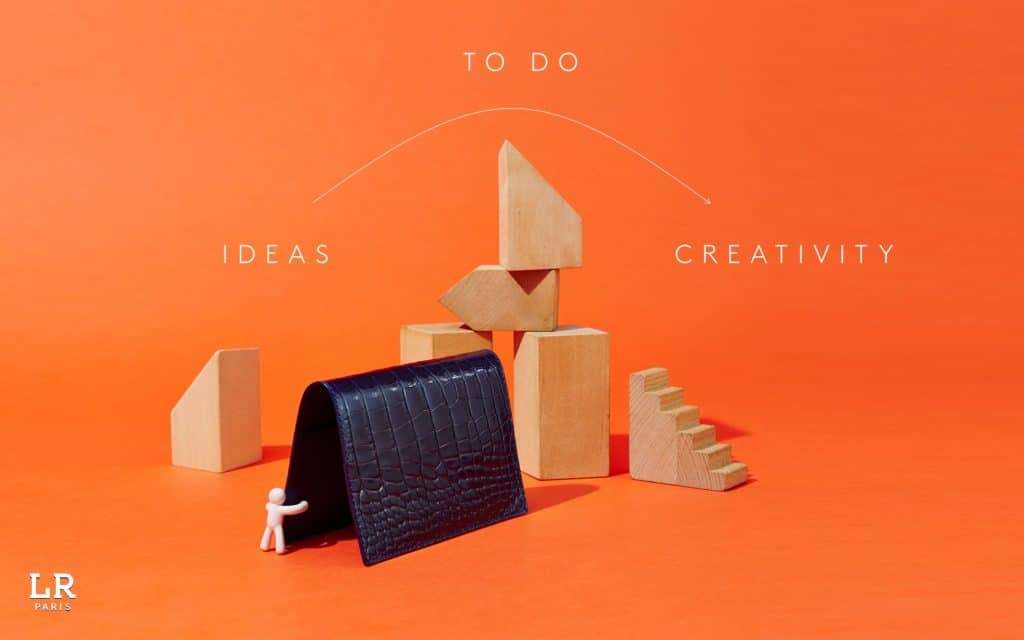
The difference between “having ideas” and “being creative” is the action. The DOING.
To be creative you must take action to execute and manifest your ideas. The verb you use to describe your action might be build, paint, achieve, make, complete, practice, implement, act, play, etc. – But it has to be an ACTION.
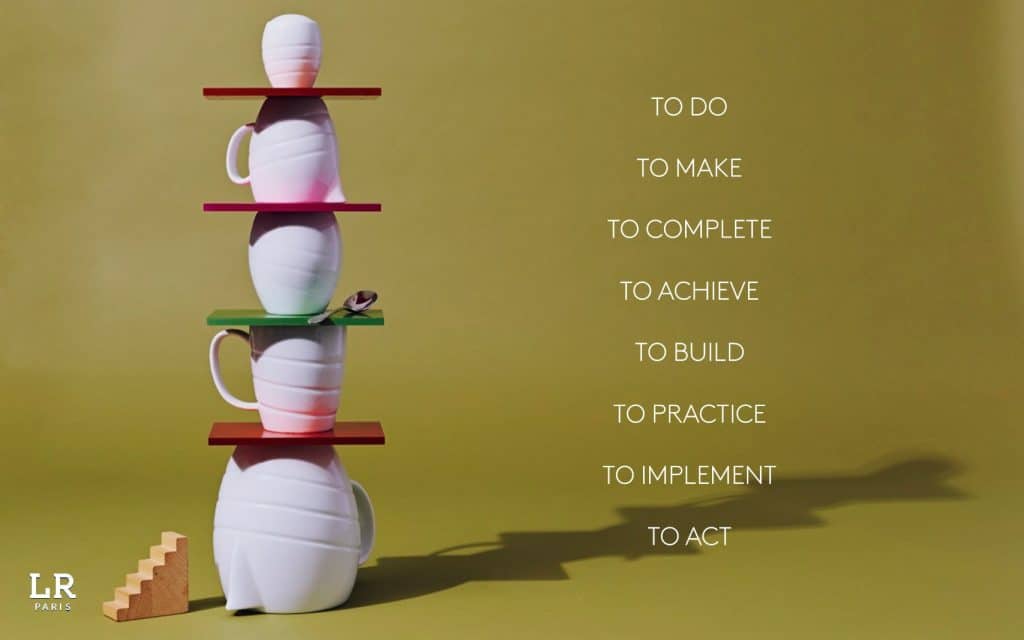
In this regard i feel a sentiment once expressed to me by contemporary painter and international art icon Yan Pei Ming is most relevant. He said: “People ask me to talk about my paintings. I cannot. all I can is to paint.”
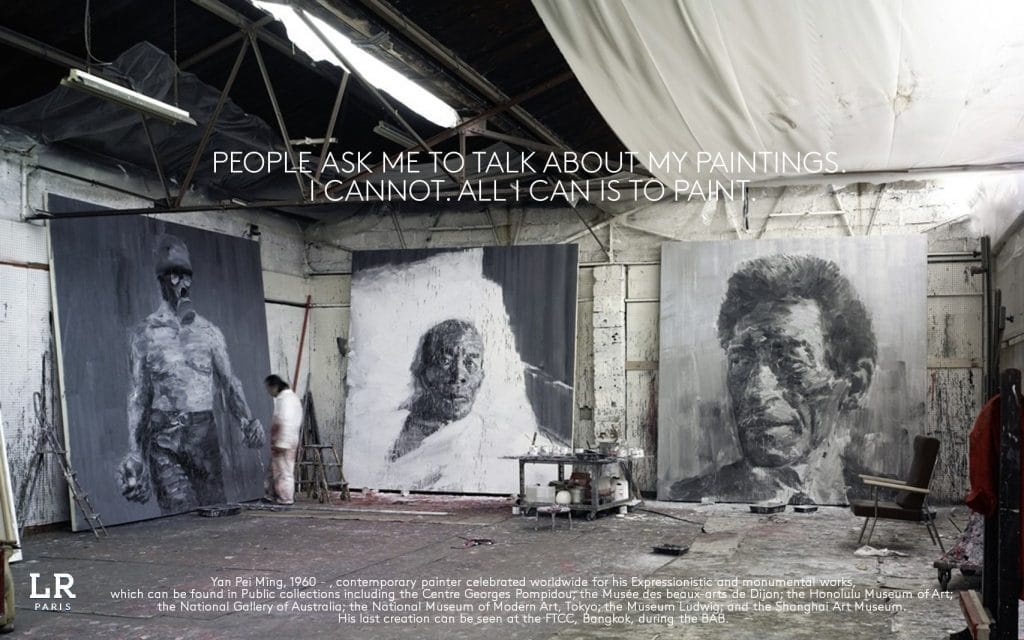
Similar ideas are promoted by IDEO, who offer a lecture titled “Stop Talking, Start Making” that highlights the importance of including prototyping as early as possible in the creative process. A key point being that it is only via prototyping that we allow ourselves the opportunity to plan for the unexpected.
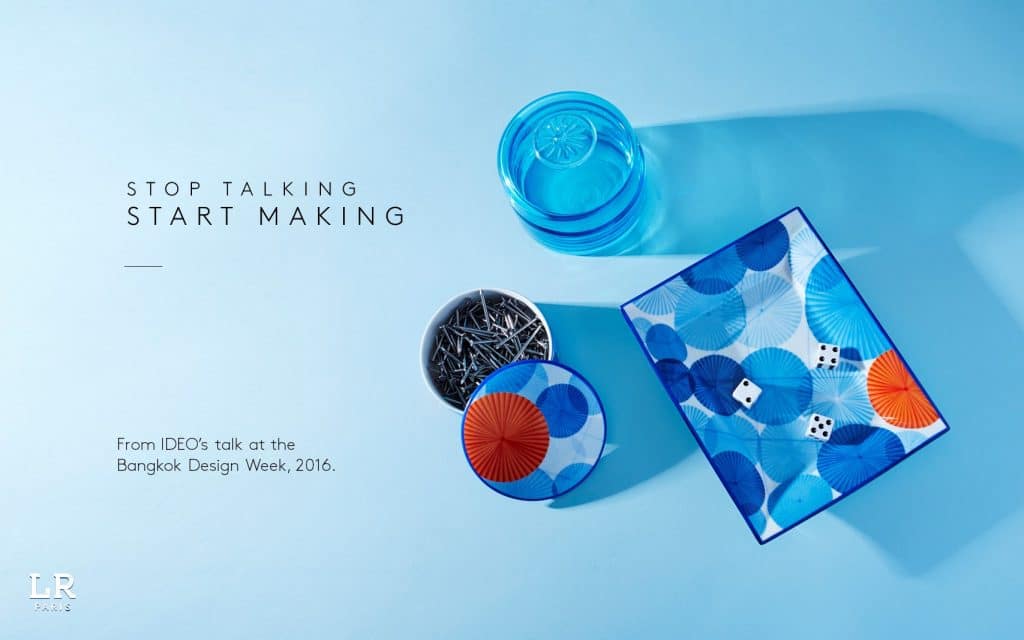
To summarize – Being creative is the ACTION of MANIFESTING your originality.
Now that we’re clear on how action is required for creativity, it’s important we understand how we can protect and foster our creativity.
Chief among the threats your creativity faces is your routine, and it’s a tough challenge to face.
Psychologically we’re all geared to develop routines because they allow us to operate on “autopilot” and conserve energy. Routines are literally tied to our evolution as a species and they manifest as a cognitive bias known as the Familiarity Heuristic.
Here’s how it works in a in a nutshell: Any time we face circumstances that promote us to take make a choice or take action our brain records the results of the choice or action we made. As long as the results are satisfactory and/or sufficient, our brain records them as “safe”. When we face similar conditions again our brain retrieve the same choices and associates them with feelings of comfort, safety and pleasure. This is done in an effort to conserve energy, and reduce our risk of making a worse decision. The Familiarity Heuristic is the reason you always end up in the same restaurant (“your favorite”), and Routine is your brain operating on “safe mode”.
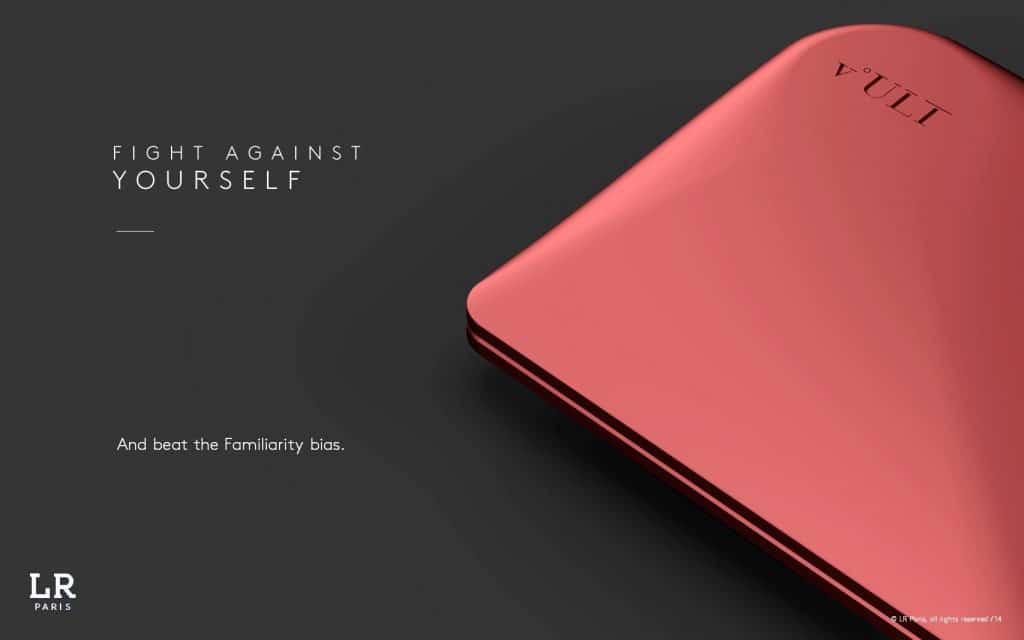
But doing the same thing over and over again because it’s safe and comfortable is the opposite of the boundary challenging behavior creativity needs in order to manifest itself.
There are a number of ways we can defeat our tendency to prefer routines. Probably one of simplest ones to adopt is to set a personal goal to do something you’ve NEVER done before at least once a month. It needn’t be anything huge. It’s enough that you go to a new restaurant, eat a new dish, try a new activity, read a book by an author you’re unfamiliar with – Anything.
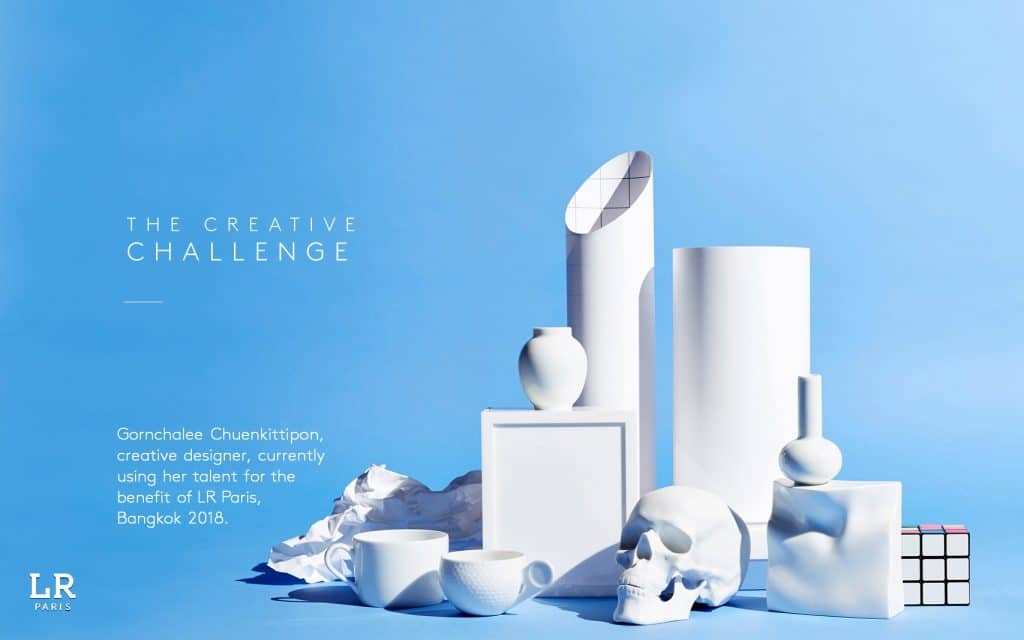
Breaking our routines this way opens us up to new experiences and promotes our creativity. My own experience, after 8 months of consciously maintaining this effort, is that is has lead me to places I‘ve never been, to meet people I would probably never meet. I even adopted a cat!!!
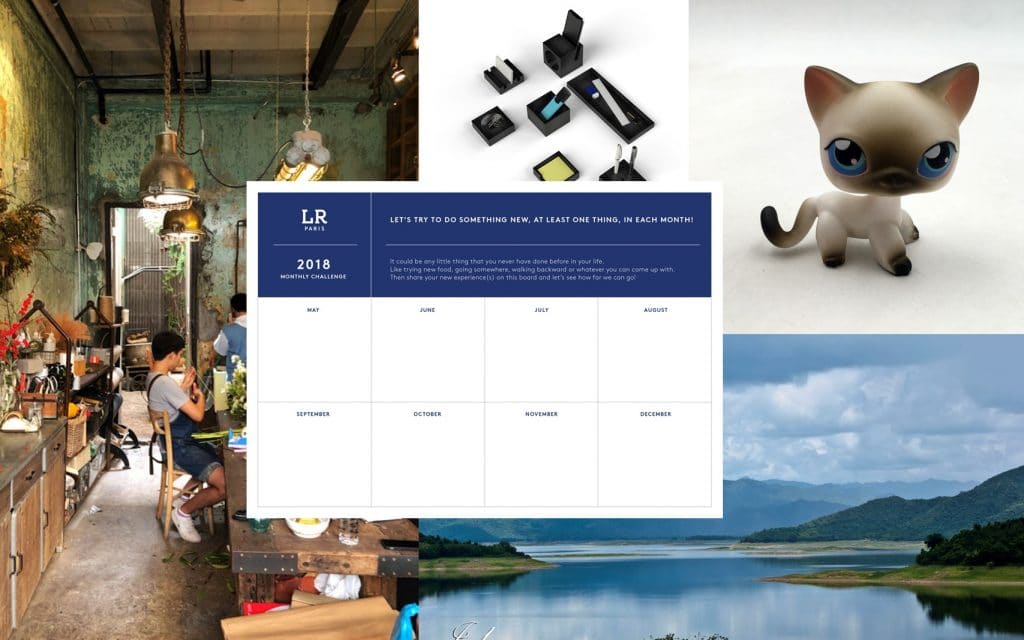
Beyond a requirement for action, creativity also requires space. At the very least it requires intellectual space, and freedom of speech, but having a physical space to be creative is a big help. In that respect I’d like to thank our sponsors at Monstar Hub, for welcoming, encouraging and nurturing creativing in the heart of Bangkok.
Don’t miss out!
Learn more on the “Friends of Proseed” Whatsapp group
@proseedasia on Instagram
Joining Proseed is easy! The details are here.
Our community & updates are on our Friends of Proseed Whatsapp group
